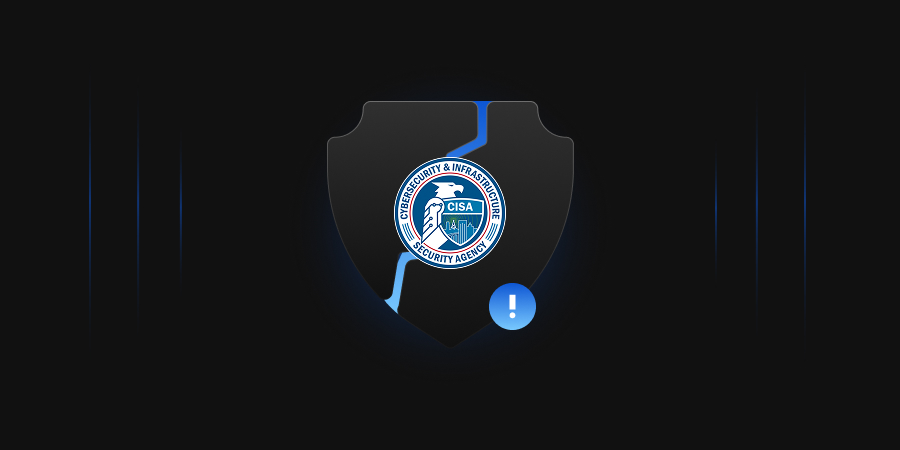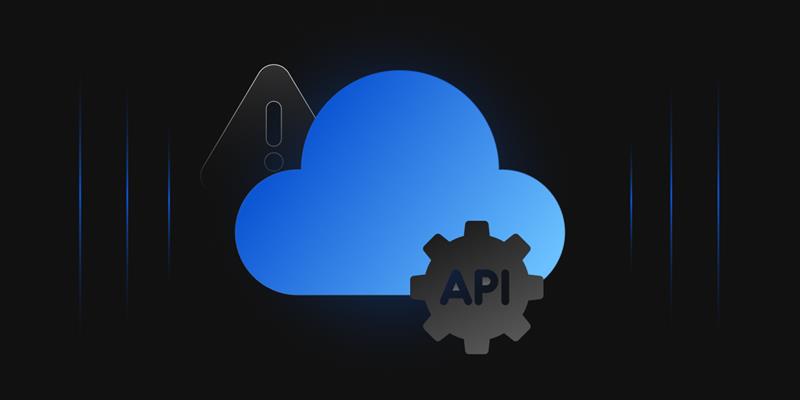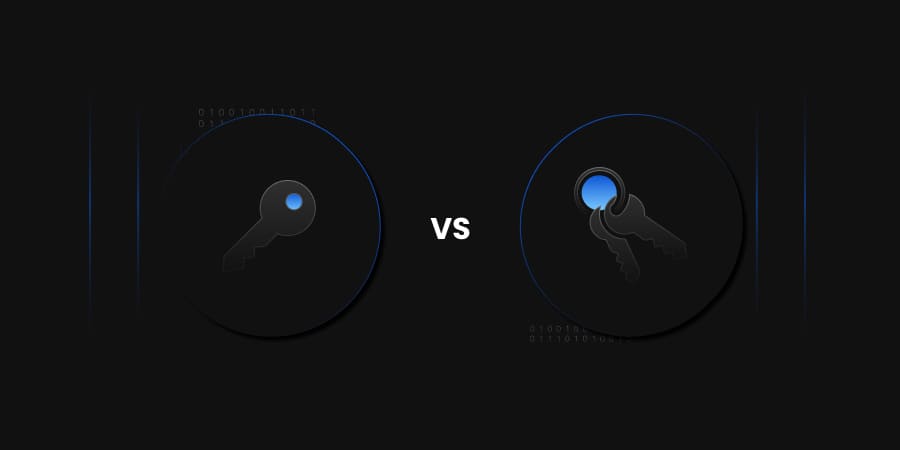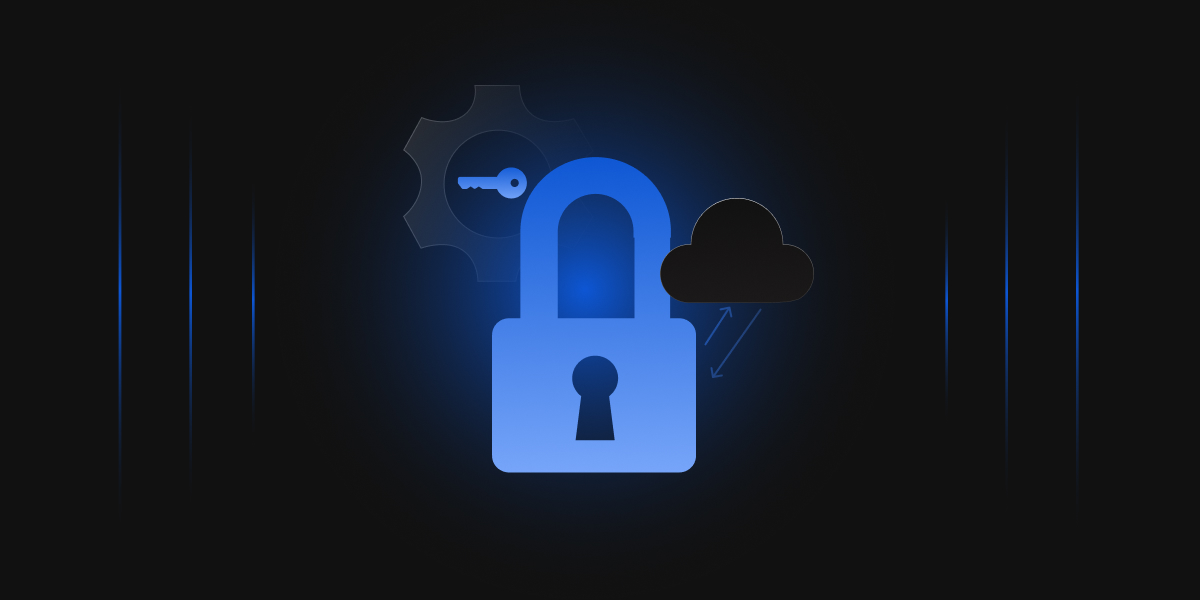Imagine your neighbourhood watch suddenly deciding to stop talking to each other. One house sees a burglar, but their neighbour, the next likely target, never gets the warning. That’s essentially what just happened to America’s cyber defenses. On September 30, a vital piece of legislation called the Cybersecurity Information Sharing Act of 2015 (CISA 2015) expired without renewal. This wasn’t some minor technical glitch; it removed the essential legal shield that encouraged companies, from major banks to local power plants, to share real-time threat data with the government and each other.
The result? The system we use to track and automatically block the latest cyberattacks is facing a devastating information blackout, all while a simultaneous government shutdown has sent many of our top digital defender homes. Here’s, all while a simultaneous government shutdown has sent many of our top digital defender homes. Here’s a breakdown of what the law did, why its sudden expiration matters, and the heightened risks we now face.
What Was CISA 2015?
Back before 2015, companies facing cyberattacks were often left to fend for themselves. If a hacker broke in, there was little help from others. The worry about lawsuits or bad headlines kept important details, like how the attack happened, locked away in private corners. That let the same crook strike a hospital one day, a bank next, and a power plant after that, without anyone passing a heads-up to stop it.
That’s where CISA came in during 2015. It broke down those walls by creating a safe space for companies to share what they knew about threats with the government and each other, all without fear of getting sued. Suddenly, instead of standing alone, thousands of businesses could team up, sharing warnings and building a stronger shield together for everyone.
How The Real-Time Cyber Alert System Worked?
The true genius of CISA 2015 was creating a system that didn’t rely on phone calls or email; it was entirely automated, operating at the speed of a cyberattack. This functional marvel, the Automated Indicator Sharing (AIS) Program, was the engine of the nation’s unified cyber defense, run by the CISA.
Think of it like a lightning-fast, high-tech network where everyone automatically shares clues:
- Detection: A bank security system spots a tiny clue, say, a specific malicious IP address or a unique code for a new piece of malware. This clue is called a “cyber threat indicator.”
- Instant, Clean Sharing: The bank system automatically sends only that technical indicator to the AIS central hub. Crucially, any private customer information not directly related to the threat is automatically scrubbed out.
- National Defense Update: The AIS hub instantly broadcasts this warning to all participating companies and government agencies, from hospitals to power plants.
- Automatic Block: Security software across the entire network immediately updates, allowing all participants to automatically block that newly identified threat before it even hits their systems.
This system processes millions of indicators monthly, quickly turning a single company’s detection into a collective defensive effort.
A Double Hit to America’s Cyber Defenses
The country’s ability to protect itself from cyberattacks is facing two major problems at once. A key law that helped the government get warnings about cyber threats has ended. At the same time, a government shutdown has sent many of the nation’s top cyber defense expert’s home. This has left the country far more vulnerable to attack.
1. Companies Have Stopped Sharing Threat Information
A law used to protect companies from lawsuits if they shared information about cyberattacks with the government. This encouraged them to report threats, giving everyone a better view of potential dangers.
- The Fear of Being Sued: Now that the law has expired, that protection is gone. Company lawyers are advising them not to share this information anymore because it’s too legally risky. As a result, the flow of critical information to the government is expected to stop.
- Losing the Early-Warning System: Without this shared data, the government can no longer see the big picture of incoming cyber threats. It’s like trying to spot danger with a massive blind spot. The government will find out about attacks much later, making it harder to defend against them.
2. The Government’s Cyber Team is Benched
While companies are sharing less, the main government agency for cybersecurity, CISA, has been forced to send many of its employees’ home because of the shutdown. Even though a small number of “essential” workers are still on the job, the agency’s ability to defend the nation is severely weakened.
- Less Hunting for Hackers: CISA has fewer people available to actively search for hackers on government networks. Instead of preventing attacks before they happen, the remaining staff will be busy just reacting to problems as they pop up.
- Slower Response to New Viruses: There are also fewer experts to analyze new computer viruses and cyber weapons. This means that when a new threat appears, it will take much longer to understand it and create a way to fight it, giving attackers a major advantage.
What This Means for You
This isn’t just a high-level government problem; the breakdown of this system creates a direct and immediate risk to your daily life, your finances, and the essential services you rely on.
- Your Personal Data is More Exposed: The financial, medical, and personal information you’ve entrusted to companies, from your bank to your local hospital, is now a softer target. Without the automated, real-time warnings from the AIS network, these organizations are slower to react to new hacking methods, making them more vulnerable to data breaches. This increases your personal risk of identity theft and fraud.
- Essential Services are More Vulnerable: The power grid that lights your home, the water treatment facilities that provide clean water, and even the supply chains that stock your grocery store all rely on this kind of shared threat intelligence to defend against disruptions. Without it, these critical infrastructure sectors are more susceptible to attacks that could directly impct on your community, leading to outages or shortages.
- Your Workplace is a Bigger Target: Whether you work for a small business or a large corporation, your organization is now more likely to be a victim of debilitating attacks like ransomware that can halt operations, or data breaches that can destroy customer trust and cost jobs. The early warning system that might have blocked an attack before it reached your company’s network is no longer functioning as it should.
In short, the digital neighborhood watch has collapsed. The collective alarm system is down, leaving every individual, business, and community to fend more for themselves against increasingly sophisticated threats.
Path Forward: Actionable Solutions to Rebuild Cyber Resilience
Imagine rebuilding the neighborhood watch but making it smarter and tougher. This security failure is a wake-up call we must answer. Through quick, no-nonsense actions, we will get threat warnings flowing again and make our defenses fundamentally harder to break. Here is how we turn this failure into a stronger system, step by step, starting now.
Immediate Legislative Fixes
- Fast-Track Reauthorization: Congress must immediately pass a bipartisan bill to restore CISA 2015 with a long-term extension to prevent future lapses. This legislation must pass within the first weeks of the session. It should include tangible incentives, such as tax breaks for companies that resume immediate threat sharing, to accelerate data flow before the system is fully restored.
- Retroactive Safeguards: The new law must include retroactive liability protections back to September 30. This will shield any company that continues to share intelligence during the gap, removing legal fears and ensuring information starts flowing immediately.
Strengthening Government and Industry Collaboration
- Expand AIS with Private-Sector Leadership: During this interim period, CISA must partner with industry groups like Information Sharing and Analysis Centers to operate a temporary sharing platform. This is like neighbors using their own walkie-talkies to communicate until the main tower is repaired, keeping critical threat intelligence moving through private channels.
- Boost Essential Staffing: For any future shutdown, the definition of “essential” personnel must be expanded to include more cybersecurity professionals, supported by a dedicated emergency fund. This ensures our cyber defenders remain active in hunting threats, not just responding to them after an attack.
Empowering Individuals and Businesses
- Personal Cyber Hygiene Toolkit: Individuals do not have to wait for government action. Implement essential security measures now: use two-factor authentication, change passwords regularly, and maintain auto-updating antivirus software. CISA’s website provides reliable guidance for securing your systems and reporting suspicious activity directly to professionals.
- Corporate Resilience Building: Businesses must reinforce their defenses with robust backup systems, AI-powered intrusion detection, and frequent team security drills. Connect with private-sector groups like the Cyber Threat Alliance for shared intelligence to ensure you are not isolated while government capabilities are being restored.
Long-Term Systemic Upgrades
- Modernize for Emerging Threats: This disruption is an opportunity to fundamentally upgrade our national cyber defense. We will transform CISA into a more agile organization using AI for faster threat analysis and blockchain for secure, tamper-proof information sharing. These upgrades should be piloted first in high-risk sectors like energy and finance.
- Public Awareness Campaigns: We need a nationwide campaign that frames threat sharing as a public duty, similar to yelling “fire” to save lives in a crowded theater. The goal is to make sharing cyber threats an automatic, ingrained behavior for everyone, as routine as locking your doors at night.
Enhancing Cybersecurity Resilience with EC’s Encryption Advisory Services
After the CISA 2015 law ended and threat sharing slowed down, organizations can take proactive steps while awaiting legislative action. The lack of shared info means slower spotting of new cyber-attacks, leaving key data open to breaks, ransom software, and stoppages. At Encryption Consulting, our Encryption Advisory Services help businesses make strong, on-your-own data guards. We make custom plans for encryption to find weak spots, set up auto protections, and keep ahead of dangers, even when the country’s group watch is off.
Here is how our services fix the bigger risks from this cyber protection double blow:
- Vulnerability Assessments for Identifying Concealed Weaknesses: Without quick shared signs from the AIS program, your setups may have unseen problems like data not locked or old key handling. Our checks look at rules like NIST, GDPR, and PCI DSS. We do a full check to point out bad spots and dangers, then give a clear report with top steps to fix them before bad guys use them. This helps you stop breaks, like adding better locks to your house while the group alert is broken.
- Tailored Strategy and Roadmap for Autonomous Threat Mitigation: The end of info sharing breaks the full view of dangers, making companies work alone. We build a custom encryption plan that fits your goals and rules, making a growth guide that puts first the big-risk spots like guarding secret data in mixed cloud setups. This covers steps against new dangers like quantum computer risks. With cost guesses, times, and a short boss summary, you get a straight path to set up tools that auto handle keys and cut people mistakes.
- Implementation and Compliance Auditing for Efficient Deployment: During times of limited government resources, such as shutdowns, your team can build defenses with focused support. Our setup help leads you from test trials to full start, adding safe encryption tools without stopping work. We also do checks to make sure you follow rules and keep doing so, cutting law risks. Trusted by big names like American Airlines and Blue Cross Blue Shield, this full help turns hard encryption into a solid guard, making work smoother and wiping out danger holes.
Conclusion
The end of the CISA 2015 law has turned off the central cyber alarm system, leaving your organization dangerously exposed and on its own. With threat sharing stopped and government help weakened, you cannot wait for a legislative fix. The risk of data breaks, ransomware attacks, and stoppages is much higher. This is the time to be proactive and build your own strong data guards.
You must take steps now to find your unseen weak spots, like data that isn’t locked up or old key handling. By making a custom plan to fix these gaps and setting up strong, automatic protections, you can keep ahead of the dangers. This is how your business can stay safe and build a solid guard, even when the nation’s group watch is off.




